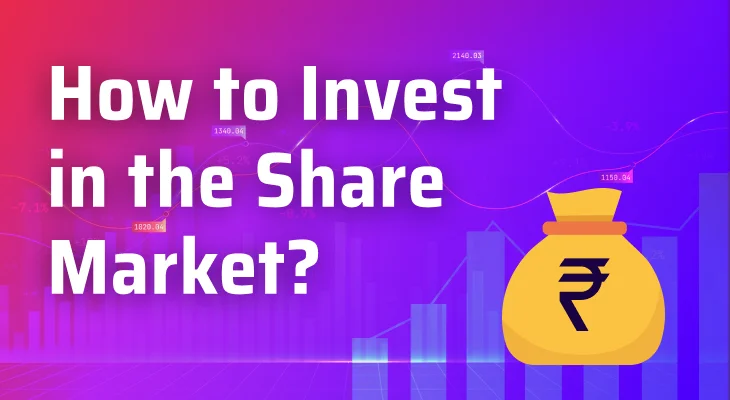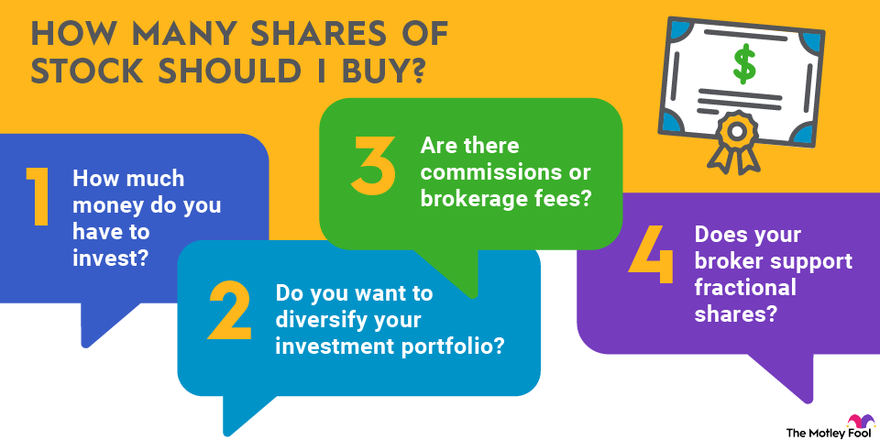The new venture into the stock market raises the question for every beginner

How Much Money Do You Need to Start Trading?
The answer is that while the question is not unreasonable, starting small doesn’t have to be thinking small. After all, apart from the thrill of financial speculations and, potentially, gain, trading can be useful as part of learning the ways of the market. This paper discusses how much money is required to trade, reviewing the nuances of such an endeavor.
The first point to consider is that starting to invest in any capacity, including trading, does not require a fortune. Unlike the popular misbelief, you can start performing trades, even with as little as $50-100. This is in part due to an emerging opportunity represented by the new wave of online trading platforms and applications. Individual investors do not need large sums of money to go through a broker anymore, opting to use an online platform instead. This way, the commission fee is removed. On top of that, you can purchase a fraction of a share instead of the whole one. For example, a company xxxx has stocks valued at $1,000 per share. If you are willing to pay only $50, you will still get a fraction of a share fitting within your investment budget. As you continue saving money or deciding to invest more, you may decide to buy more fractions.
Given that the platform is vital in trading, select the one that is right for you in terms of the investment goal and expertise. For beginners, the user-friendly platforms, such as Robinhood, E*TRADE, and Charles Schwab, can be a proper choice. Beginner-oriented platforms often offer educational tools to help you grasp the basics of trading. Finally, avoid high fees and select the connection with no or at least minimum account balance requirements.
How Can I Invest a Small Amount?
Investing with a small amount of money is not just possible; it’s a smart way to dip your toes into the financial markets without risking a substantial portion of your savings. Here’s how you can maximize your investment, even with limited funds.
Start with a Budget
Determining how much you can afford to invest is the first step. Take a hard look at your finances—your income, expenses, and any debt you may have. Even if it’s just $50 a month, setting aside a consistent amount for investing can lead to significant growth over time thanks to the power of compound interest.
Choose the Right Platform
Not all investment platforms are created equal, especially when it comes to investing small amounts. Look for platforms with low or no account minimums and low fees. Apps like Robinhood, Acorns, and Stash are designed with beginners in mind, offering an easy entry point into the world of investing. You can purchase fractional shares or invest your spare change, and the platforms will take care of the rest.
Consider Robo-Advisors
Robo-advisors like Betterment and Wealthfront are perfect for beginners with limited capital. For a nominal fee, these platforms will automatically invest your money in a diversified portfolio of stocks and bonds. They take the guesswork out of investing and make it straightforward to get started, requiring little to no knowledge of how to invest.
Explore Fractional Shares
Fractional shares refer to purchasing a part of the stock or exchange-traded fund. For example, even if companies like Alphabet or Amazon are highly priced, you can invest a small amount of money in them by purchasing a fraction. This will broaden your investment portfolio and help you diversify without buying whole shares. Dive into Dividend Reinvestment Plans (DRIPs)
Many companies offer DRIPs to their shareholders; this is where the dividend that is to be paid out to you is reinvested in purchasing other shares of the company. For most investors, DRIPs are a fantastic way to grow their investments because they are not taxed. The shares or fractions purchased increase over time hence increasing your dividends and ultimately market value. Keep Costs in Check
Small charges and hidden fees can eat into your returns. Therefore when investing a small amount of money, be careful to ensure that your investment does not have any hidden fees. Stay Informed and Patient
Remember investment is a marathon, not a sprint. Even if the amount of money you want to invest is small, it is crucial that you are keen on your investments and also the stock market. Utilize financial websites, investment podcasts, and also financial books. Finally, since the intention is seen to have your investment grow, be patient. In this article, you will find the six suggestions of investments with the respective data and examples to help you make an informed choice.

Some simple ways to make your money work for you are:
High-yield savings accounts. On average, the APY of a high-yield savings account is 2% to 3% in early 2024, but that is much higher than the average traditional savings account APY of less than 0.1%. Thus, if you invest your $5,000 in a high-yield savings account at 2.5% APY, you might earn about $125 in interest per year, without any risk for your principal.
Robo-advisors. Now, it is really easy and relatively safe to start investing, even if you are a beginner. The average annual return rate for robo-advisor platforms may differ, but it varies from 5% to 8% after fees, depending on the market conditions and the level of risk you have chosen. If you invest $1,000 with a robo-advisor performing with the average annual return of 6%, your earnings in one year would be approximately $60.
Index funds. These are also quite popular owing to relatively low fees and strong performance history. For example, the S&P 500 has an average annual return of around 10% for the last century. So, if you invest $1,000 in an S&P 500 index fund, on average, you will earn about $100 per year in the long run. Naturally, some years will provide you with higher returns, while in some years, you might lose some of your investment, but the average index return is a quite stable indicator.
Exchange-Traded Funds. In general, they are similar to index funds, but there is a certain difference between them: ETFs can be traded like stocks. Their return depends on the sector or index they are tracking, but, in comparison with the S&P 500 index, the returns provided by ETFs are highly variable. For instance, during a good year for technology companies, a tech ETF might have returned around 15%, but the broad-market S&P 500 would provide returns of just 10% that year.
There are several ways to invest and generate returns, from stocks and real estate to businesses. Even though these investment options can bring high returns, they also involve certain risks. Discussed below are some of the market, money, and alternative ways to invest. Generally, money alternatives usually refer to investing in money, silver, and shares. Some of the ways to invest money are:
Dividend Stocks
Dividend stocks can result in profits and stock price increase. For example, a company that has $100 stock with a 3% annual dividend will bring you $3 in your bank account or anywhere else where you hold stock. By investing in companies where the dividend increases over the course, you will be able to enjoy higher income from such stocks as well as to gain dividends.
Peer-to-Peer Lending
Peer-to-peer (P2P) lending platforms are helpful ways to make higher returns instead of saving money. The returns may range from 5% to 9% on average, but the figures depend on the credit of the customers the money is lent to. Thus, a $1,000 investment into P2P loans will bring you up to $70 in annual interest.






